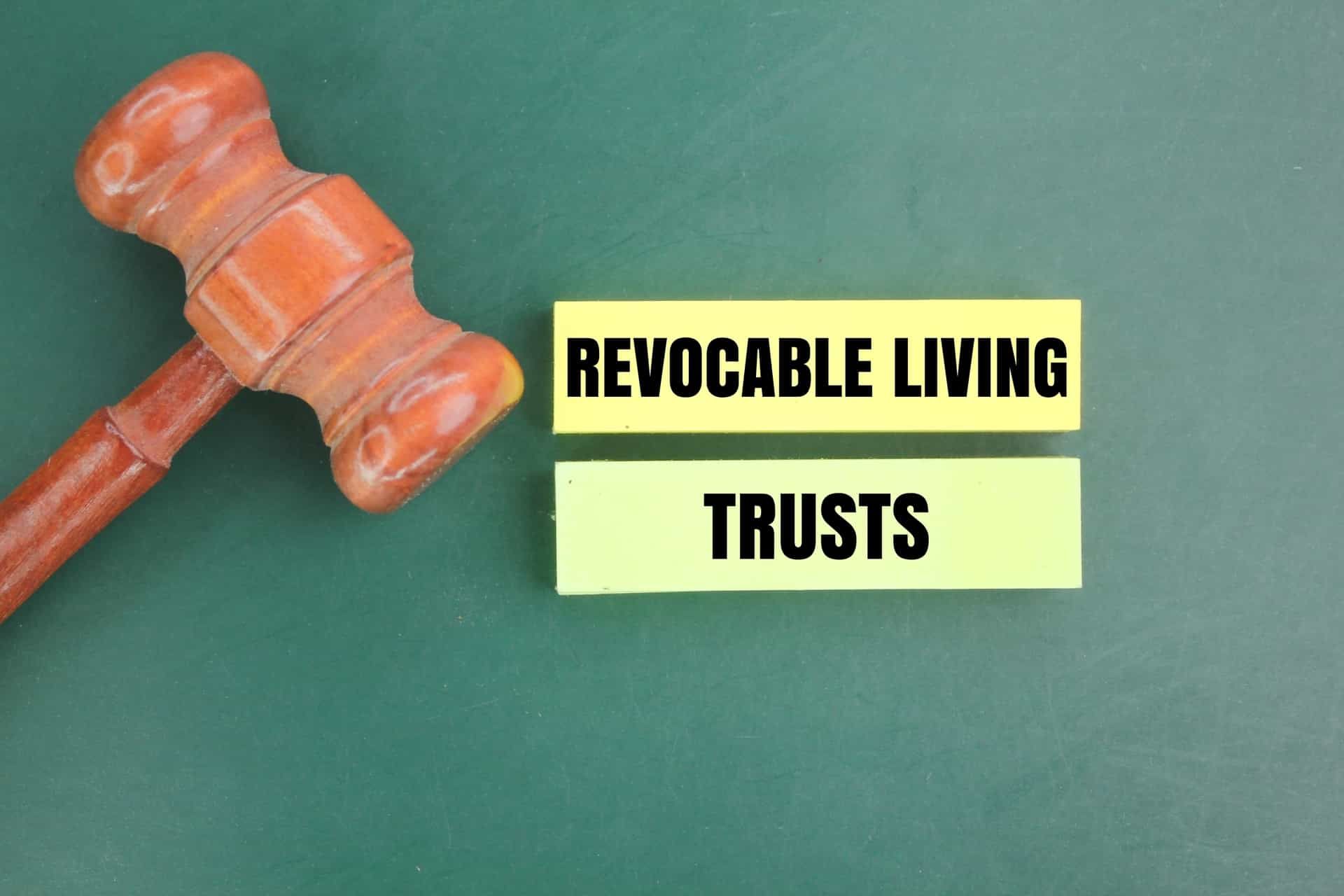What are the Top 8 Tax Planning Strategies?
Did you know what one of the most efficient things a government can do to persuade its citizens to make a particular choice? It can make tax policy . Indeed, people in significant numbers are influenced by a government’s tax policy and will make certain economic choices based on the current tax policy.
For example, over the last 10 years, the government gave a significant tax break to those who purchased electric vehicles. Not surprisingly, car companies began to sell many more electric cars, to the point that companies like General Motors can no longer provide the tax break because it has exhausted the funds available to incentivize electric car purchases. Another example, a vice tax such as a high tax on cigarettes will change people’s behavior by making it too expensive to indulge in smoking.
It may seem like a strange correlation, but it is quite true that tax policy can change people’s behavior. Why? Because people, understandably, want to keep as much of the money they have as possible. That is why we at Doane & Doane (doaneanddoane.com) are focusing this week’s blog on
tax planning
. There are a number of strategies that you can employ to make sure that you keep as much of the money you have as possible.
Accordingly, the tax attorney professionals at Doane & Doane (doaneanddoane.com) are providing you with the top 8 tax planning strategies that you should consider to keep your assets in your bank account.
Now is a good time to do this kind of planning as well because having April just behind us, we have plenty of time to think about next year’s tax strategy. Here are the top 8 tax planning strategies.
Tax Planning Strategy #1 – Itemize?
The new tax law that came into effect this year significantly increased the standard deduction. It is now $12,000 for single people and $24,000 for married couples. It also puts new limitations on the itemized deductions that you can take, including a controversial $10,000 cap on property taxes and state and local income tax deductions. Taking the standard deduction is always simpler, but look closely as to whether it is financially the right choice.
Tax Planning Strategy #2 – Traditional IRA to Roth?
Anyone can convert all or a portion of his or her assets in a Traditional IRA to a Roth IRA. Why make the conversion? Because qualified distributions from a Roth IRA are not normally subject to federal taxes, provided that you opened the Roth IRA for five years and you are at least 60 years old.
The catch here is that you would need to pay the taxes on the deductible contributions into Roth IRA when you move the money from the Traditional to the Roth IRA. Essentially, by moving to a Roth IRA, you are paying the taxes now, rather than when you take distributions later. That type of circumstance might be a better option for you based on your situation.
Tax Planning Strategy #3 – Increase Retirement Contributions.
It is always a good idea, new tax law or not, to contribute to your IRA, 401(k), or another retirement plan to the maximum amount. That is a win-win because (i) you increase your retirement savings, and (ii) you will likely lower your taxable income.
Also, the calendar year you turn 50 years old and beyond, you can take advantage of “catch-up” contributions – an extra $6,000 for a 401(k) and an added $1,000 for an IRA.
Tax Planning Strategy #4 – Offset Capital Gains with Stock Losses.
As you approach the end of the year, consider selling your underperforming investments. Why? You can generate a capital loss and use that loss to offset any capital gains you obtain when selling investments that are performing well.
In addition, you can typically deduct up to $3,000 of losses in excess of gains from your ordinary income. If you lose more than $3,000, you can carry over the unused losses to the next year.
Tax Planning Strategy #5 – Long-Term Tax Strategies
People with an income of over $200,000 are subject to a 3.8% Net Investment Income Tax on either your net investment income or adjusted gross income over a certain amount, whichever is less. If you put your income into an investment that is not normally subject to federal income tax – like a tax-free municipal bond – then you will ease your tax burden down the road when the tax-aware investment starts to generate income.
Tax Planning Strategy #6 – Give the Gift of Education
There are vehicles called 529 education savings plans, which allow you to give a tax-free gift to a beneficiary of any age. Normally, you can make a gift up to $15,000 per beneficiary each year, without having to fill out a federal gift tax form. Also, under the new tax law, you can use a 529 plan to pay up to $10,000 of tuition annually for the beneficiary’s enrollment or attendance at a public, private, or religious elementary or secondary school, free from federal income taxes.
Tax Planning Strategy #7 – Think Health Care Costs
It might be a smart move to save money – pre-tax – for certain healthcare expenses that your health insurance does not cover. You do that by putting money into either a Health Savings Account (HSA) or Flexible Spending Account (FSA).
The key here is to be efficient with your healthcare spending. FSAs normally have a “use it or lose it” quality, meaning that you lose the balance if it is not spent by the end of the calendar year. Also, with HSAs, you typically have to purchase a high deductible health insurance plan to use an HSA.
If you do your calculations right, you can use the FSA to cover for those medical costs you paid for out of pocket last year.
Tax Planning Strategy #8 – Give to Charity
Charitable gifts are deductible, provided you itemize. If you give regularly, then consider putting several years’ worth of gifts into a donor-advised fund in one year. Doing so may make it worthwhile to itemize, and then you can spread out the giving from your donor-advised fund over the next few years.
Ask Tax Attorneys in Palm Beach
There are so many options now on how to make the most of your money, it is worth it to talk about which options are best for you. Call a tax attorney at Doane & Doane, or contact us through doaneanddoane.com to find out how to plan for the next tax year. Contact a Doane & Doane (doaneanddoane.com) professional today by calling 561-656-0200.
Disclaimer: The information on this website and blog is for general informational purposes only and is not professional advice. We make no guarantees of accuracy or completeness. We disclaim all liability for errors, omissions, or reliance on this content. Always consult a qualified professional for specific guidance.
RECENT POSTS
CONTACT US
We will get back to you as soon as possible.
Please try again later.
GET IN TOUCH
We will get back to you as soon as possible.
Please try again later.
Quick Links
Practice Areas
Contact Us
Palm Beach Gardens office:
2979 PGA Boulevard #201,
Palm Beach Gardens, FL 33410
All Rights Reserved.
Website Designed & Managed by Oamii.






